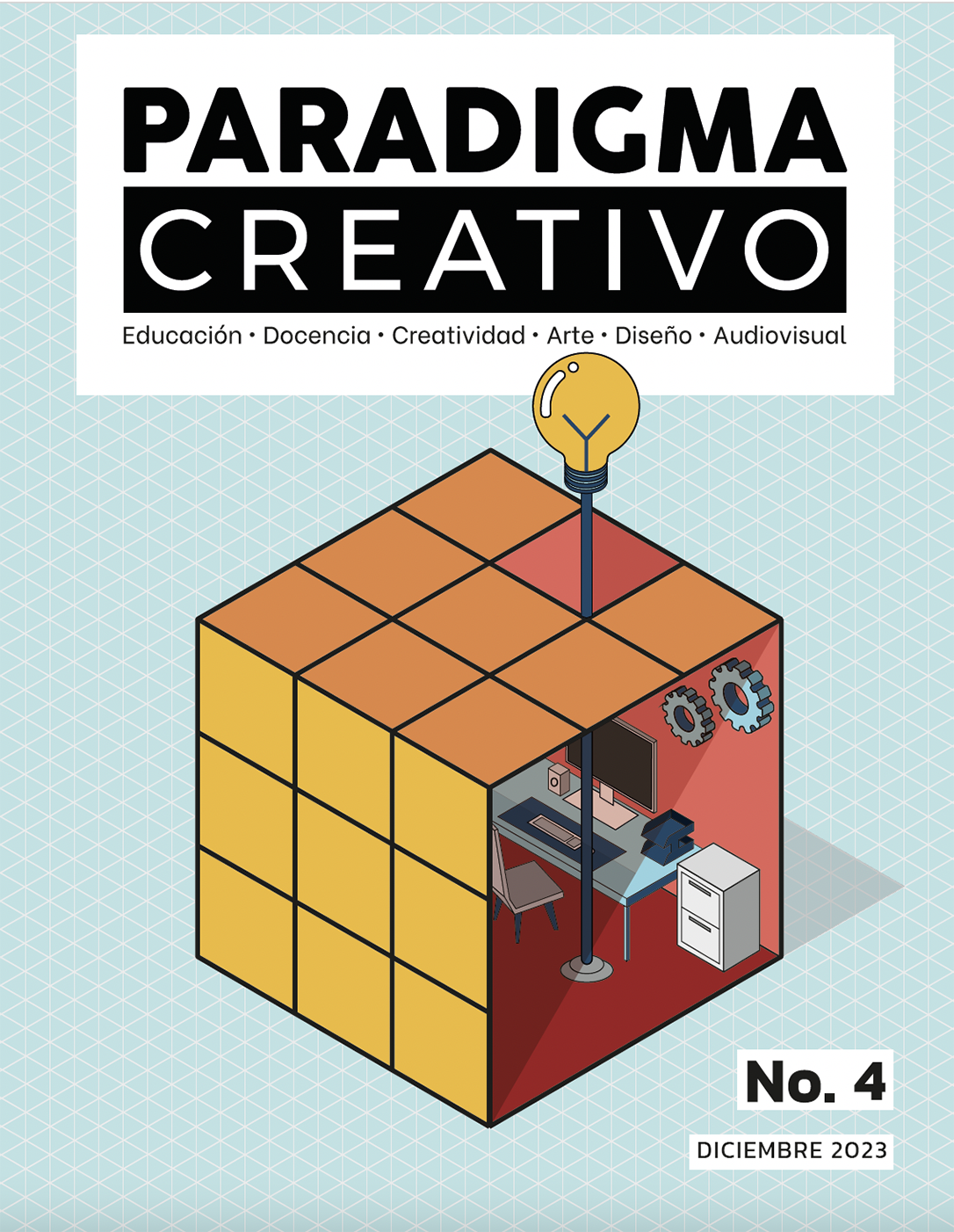Sustainable awareness in the professional development of the graphic designer
DOI:
https://doi.org/10.29105/pc.v4i1.30Keywords:
graphic design, sustainability, digital media, sustainable design, sustainable projectsAbstract
This article addresses the topic of sustainability and how graphic design must adapt to new environmental requirements. Based on the question: How could the graphic designer help minimize the impact on the environment? Environmental problems and the positive-negative impact that we can exert as designers are analyzed. It considers how design can satisfy human or social needs, through the correct management of resources in the development of sustainable projects, intelligently using digital media and the different options available in printed media to use them while respecting nature. The fundamental premise that supports this writing is to make the designer aware of environmental problems and encourage the realization of projects by introducing the ethical requirements related to the negative environmental impact through research and approach to the topics of sustainable design, its processes, materials and strategies, among others.
Downloads
References
Alfaro, J. M., Limón, B., Martínez, G. Á., & Tijerina, G. (2010). Ambiente y sustentabilidad. D.F.: Grupo Editorial Patria.
Calvente, A. M. (2007, Junio 1). El concepto moderno de sustentabilidad. Retrieved Marzo 20, 2017, from Universidad Abierta Interamericana: http:// www.sustentabilidad.uai.edu.ar/pdf/sde/uaissds-100-002%20-%20sustentabilidad.pdf
Canclini, N. G. (2010, Octubre 28). Simposio Internacional en Estética y Emancipación: Fantasma Fetiche Fantasmagoría. A qué llamamos estética y de quién necesitamos emanciparnos . Ciudad de México, Coyoacán, México: Centro Cultural Universitario Universidad Autónoma de México.
Carlón, M., & Scolari, C. A. (2014). El fin de los medios masivos: el comienzo de un debate. Buenos Aires: La Crujía.
Chávez, C. (2012, noviembre 1). Diseño Gráfico Sustentable: Estrategias para el uso de materiales y procesos en el diseño. Retrieved marzo 23, 2017, from issuu.com: https://issuu.com/chrysa.dg/docs/disenograficosustentable_christianchavezlopez
Comisión Brundtland (1987) http://supervivir.org/archi02/des10.pdf. Retrieved marzo 21
Jiménez, V. (2013). La transición de los medios impresos a los digitales para difusión. Distrito Federal: Universidad Nacional Autónoma de México.
Lozano, J. C. (2007). Teoría e Investigación de la comunicación de masas. Edo. de México: Pearson Educación.
Martin, A. (2009, febrero 9). Diseño gráfico sustentable. Retrieved marzo 21, 2017, from Foro Alfa: https://foroalfa.org/articulos/diseno-grafico-sustentable
Meira, P. A. (2008). Educación, medio ambiente y sustentabilidad. México: UANL.
Nadal, A. (2006). De los límites del crecimiento al desarrollo sustentable. D.F., México.
Pesquera, M. R., & Montero, E. M. (2017). Re Evolución Digital. México: Penguin Random House Grupo Editorial.
Sánchez, F. (2005, marzo 1). Bases conceptuales para la elaboración de una nueva agenda sobre los recursos naturales. Retrieved marzo 21, 2017, from CEPAL: http://www.cepal.org/es/publicaciones/6278-bases-conceptuales-la-elaboracion-nueva-agendarecursos-
naturales
Segura, L., & Rojas, F. R. (2007, Junio 29). La brecha digital y su influencia en la educación para la sustentabilidad. Retrieved Marzo 21, 2017, from Universidad La Salle México: http://ojs.dpi.ulsa.mx/index.php/rci/article/view/211/429
Sherin, A. (2009). Sostenible. Un manual de materiales y aplicaciones prácticas para los diseñadores gráficos y sus clientes. Barcelona: Gustavo Gili.
Tapia, A. (2004). El diseño gráfico en el espacio social. D.F. Editorial Designio.
Thackara, J. (2013). Diseñando para un mundo complejo. México: Editorial Designio.
Venturini, E., Ávila, V., Fernández, F., Giraudo, J., Guardiola, M., Solís, V., et al. (2016). La calidad sustentable y las prácticas del diseño. Encuentro Latinoamericano de Universidades Sustentables (pp. 1-10). San Miguel de Tucumán: Elaus.
Viladás, X. (2008). Diseño rentable. Diez temas de debate. Barcelona: Index Book.
Yeang, K. (1999). Proyectar con la naturaleza. Barcelona: Gustavo Gili.
Downloads
Published
How to Cite
Issue
Section
License
Copyright (c) 2023 Rocío Castillo Pardo

This work is licensed under a Creative Commons Attribution 4.0 International License.
Los autores/as que publiquen en esta revista aceptan las siguientes condiciones:
a. Los autores/as conservarán sus derechos de autor y garantizarán a la revista el derecho de primera publicación de su obra, el cual estará simultáneamente sujeto a la Licencia Creative Commons Atribución 4.0 Internacional. que permite a terceros compartir la obra siempre que se indique su autor y su primera publicación esta revista.
b. Los autores/as pueden realizar otros acuerdos contractuales independientes y adicionales para la distribución no exclusiva de la versión del artículo publicado en esta revista (p. ej., incluirlo en un repositorio institucional o publicarlo en un libro) siempre que indiquen claramente que el trabajo se publicó por primera vez en esta revista.
c. Se permite y recomienda a los autores/as a publicar su trabajo en Internet (por ejemplo en páginas institucionales o personales) posterior al proceso de revisión y publicación, ya que puede conducir a intercambios productivos y a una mayor y más rápida difusión del trabajo publicado.




